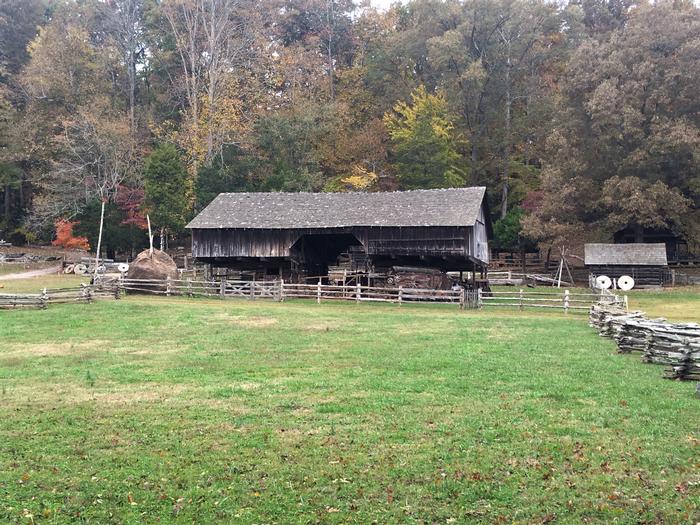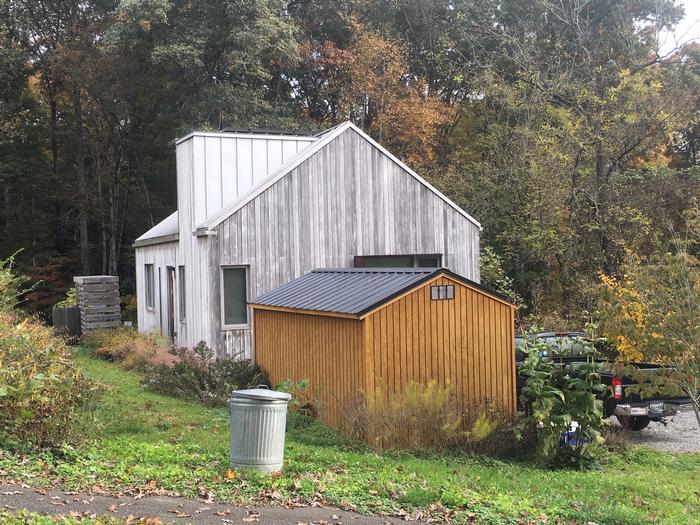Cullen Sayegh ProposalIsolated Space: Cultural and Climatic Continuity in Southern AppalachiaIn so much as it is a physical place, Appalachia has been described by many as a state of being. That state of being is perhaps best illustrated by native author Cormac McCarthy’s Suttree, where the titular character embraces a life of languid isolation on the Tennessee River, a pointed analogy for the region’s remoteness and intransigence, long derived from its distinct environmental conditions. This spatial separation is readily felt across the region’s precipitous landscape, which is bisected by hundreds of ridges and valleys. These physical barriers often take hours to circumvent even today, contributing to Appalachia's unique cultural and climatic ecosystem that is not particularly Southern, nor is it Mid-Atlantic or Midwestern. Indeed, the region’s geographic and cultural isolation is a defining characteristic—it is this very seclusion which has protected Appalachia’s pristine natural beauty and hindered economic prosperity for many of her inhabitants. Yet collective, and deeply personal relationships still developed in the hollers and hills of Appalachia. There are two forces that connect Appalachian residents with each other—a shared environmental experience and a rich architectural vernacular derived from that local environment. These two cultural characteristics are intrinsically connected to each other. Often communally constructed by extended family and community members, Appalachian architecture, while small in footprint and of humble construction, facilitates this interaction between members of these isolated communities, and by extension, residents’ broader connection with their natural surroundings. The Seymour cantilever barn represents a historic typology endemic to my native East Tennessee. With its dramatic overhanging aesthetic and expressive use of local timber, the barn touches the damp clay soil as lightly as possible to prevent wood rot. The barn’s exposed understory and breezeway provide shelter from the rain in addition to ventilation and shade during summer’s humid embrace. I have chosen to analyze a particularly beautiful and well-preserved example in part because of its short proximity (less than 2 miles) from the contemporary example of sustainable architecture in my region—the New Norris House. Designed and built by UT architecture faculty and students, the New Norris House utilized community involvement as an integral component in the design process. The home is situated near the site of TVA’s first dam and the planned community of prefabricated homes built to house the project’s workers. The house's designers saw the surrounding historic context as an opportunity to redefine the prefabricated house as a contemporary sustainable endeavor. The LEED Platinum house exploits site strategies for passive heating and cooling, while also utilizing local materials. I intend to investigate these two examples of sustainable and culturally sensitive works of architecture located within Appalachia’s dynamic climate. These two buildings effectively negotiate between the necessity for human settlement and a sensitivity for the environment through three critical design methods born of Appalachia’s unique sense of place: climate-sensitive design that makes intentional use of local conditions, utilization of local resources as a continual reminder of the surrounding ecology, and a form that is both adaptable and replicable, allowing for cultural continuity and community engagement. Additional Help and InformationAre you in need of assistance? Please email info@berkeleyprize.org. |
|


